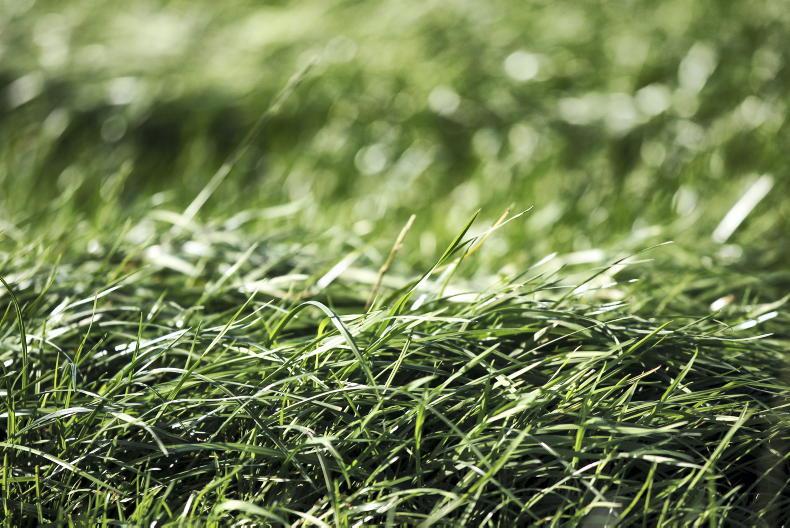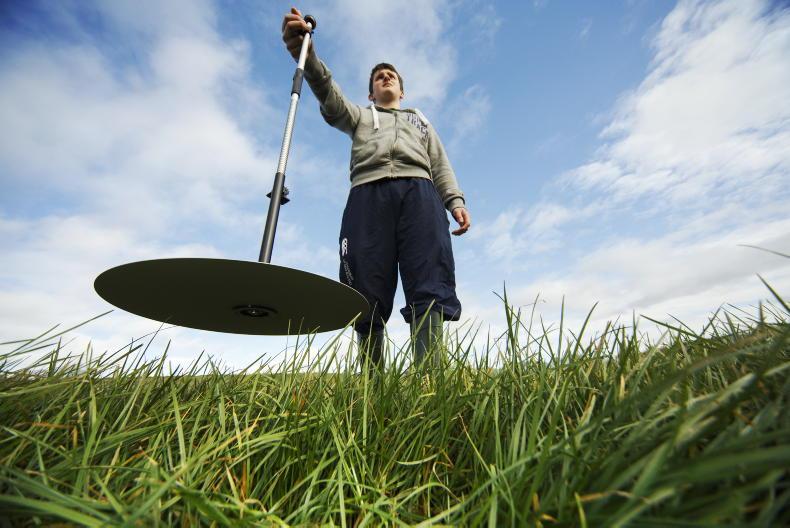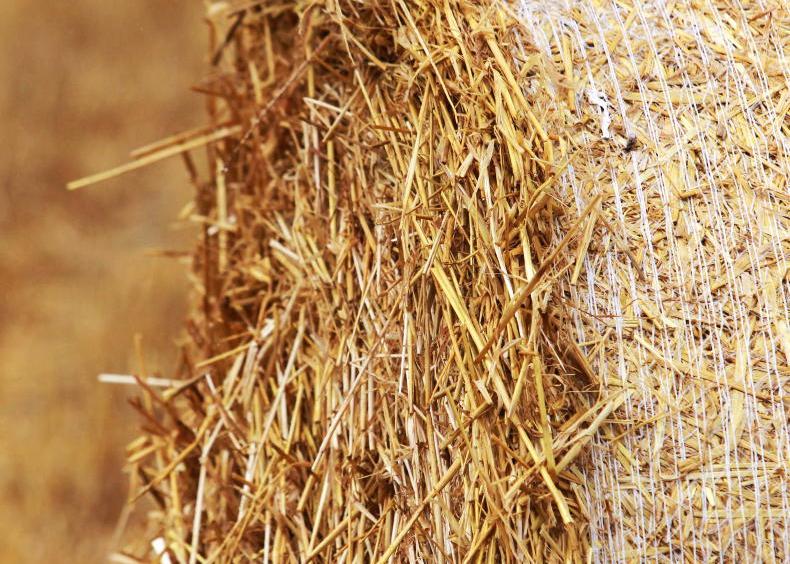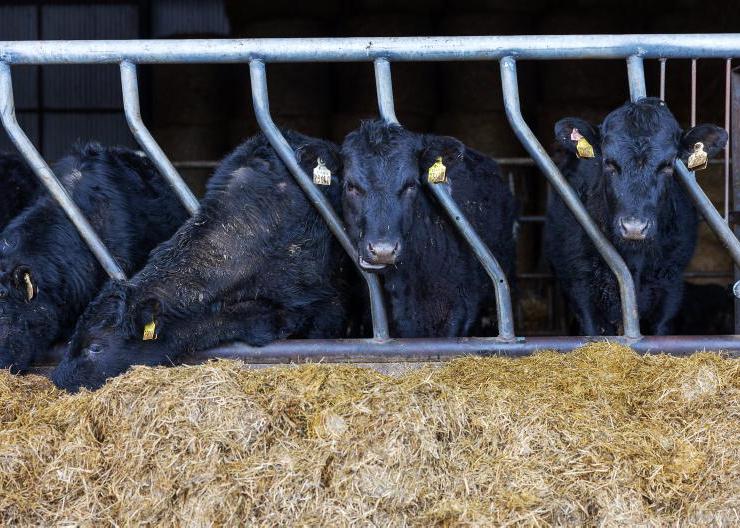Without being alarmist, farmers really need to make the most of the grass growth opportunity for the next couple of weeks. This is particularly true for farmers in the east and south of the country, where feed stocks have been decimated after a very difficult March and early April.
The bad weather occurred when demand was high and has soaked up any forage reserve that was on farms in the south and east. The shortage of winter feed is amplified when you put lower grass growth rates on top of lower fertiliser sales and use. The west has saved the east in the past. However, with fertiliser not spread or only gone out this week on most beef and sheep farms, any great surplus in the west might not materialise in 2023.
Many will say the writing is on the wall for a shortage of winter feed stocks next year. How you react to that as a farm business is up to you. Do you reduce stocking rate or go to maximise winter feed? Is it a combination of both?
All this warning might sound strange given the excellent weather this week. Many have even cut surplus grass this week. Also we see tillage farmers have dug in with ploughs and harrows working all over the country.
While it is early in the year to be predicting a winter feed deficit, if farmers miss the peak in growth rate, it is very hard to catch up.
Shortfall
You would need everything to go in your favour to make up the shortfall.
If weather turned difficult early next October and stock have to be housed earlier than you might have planned for, that is when you will see issues arise.
Already the price of a round bale of silage reflects the differences in forage stocks between regions – €55 to €60 per bale in the south versus €35 per bale in the northwest.
The time to act is now. Fertilise properly to optimise growth potential if appropriate.
Plan stock numbers and maybe reduce if you feel you are going to be short of winter feed to allow you build stocks.
Get real on what feed the farm can produce and what you need. Talk to another farmer about growing winter feed for you if that makes sense. Given the higher prices, I know many who are planning for a low stock year with a view to building feed reserves.
Dairy farmers
Dairy farmers are big feed users. We know now 2023 will be a low-margin year. The processors are pulling price. Fertiliser prices are high. Yes milk supply will get tight later in the summer and hence farmgate milk prices will rise again later in the year, however, volumes for most spring-calving Irish herds will have dropped significantly by then.
So is it better to stock up winter feed reserves in 2023? What about getting rid of cull cows earlier than normal, reduce replacement numbers, offload beef stock earlier at relatively good prices to allow surplus grass build up and put it into a pit? This could set the farm up better for 2024 when farmgate milk prices might leave more margin.

\ Jim Cogan
In the same way on suckler farms, there is always a tidy-up that can happen. Are there old cows in the herd that are late-calving, or have problems which mean they don’t have a long-term place in the herd? Given the higher prices for weanlings and other stock in marts, driven by higher exports, is there an opportunity to change what you do and sell to reduce stocking rate and allow you build feed reserves?
For most farms, a combination of putting the foot down with more nutrients and taking the foot off the stocking rate pedal will allow the farm optimise winter feed growth opportunity and take that risk and potential stress out of the farm in 2023 and 2024.
Given the writing on the wall for nutrient use in Ireland, the EU policies affecting land use, and the expected changes in forestry and nature restoration, surely it makes real sense now to have a national fodder group established on a more strategic basis rather than an ad-hoc, crisis-driven scenario?
It would need good structure, consistency, good farmer survey data and a good handle on nutrient and feed stocks. It’s time perhaps to move this fledgling grouping out from the clutches of the minister and into a more formalised structure with significant importance given the changes in the pipeline.
Without being alarmist, farmers really need to make the most of the grass growth opportunity for the next couple of weeks. This is particularly true for farmers in the east and south of the country, where feed stocks have been decimated after a very difficult March and early April.
The bad weather occurred when demand was high and has soaked up any forage reserve that was on farms in the south and east. The shortage of winter feed is amplified when you put lower grass growth rates on top of lower fertiliser sales and use. The west has saved the east in the past. However, with fertiliser not spread or only gone out this week on most beef and sheep farms, any great surplus in the west might not materialise in 2023.
Many will say the writing is on the wall for a shortage of winter feed stocks next year. How you react to that as a farm business is up to you. Do you reduce stocking rate or go to maximise winter feed? Is it a combination of both?
All this warning might sound strange given the excellent weather this week. Many have even cut surplus grass this week. Also we see tillage farmers have dug in with ploughs and harrows working all over the country.
While it is early in the year to be predicting a winter feed deficit, if farmers miss the peak in growth rate, it is very hard to catch up.
Shortfall
You would need everything to go in your favour to make up the shortfall.
If weather turned difficult early next October and stock have to be housed earlier than you might have planned for, that is when you will see issues arise.
Already the price of a round bale of silage reflects the differences in forage stocks between regions – €55 to €60 per bale in the south versus €35 per bale in the northwest.
The time to act is now. Fertilise properly to optimise growth potential if appropriate.
Plan stock numbers and maybe reduce if you feel you are going to be short of winter feed to allow you build stocks.
Get real on what feed the farm can produce and what you need. Talk to another farmer about growing winter feed for you if that makes sense. Given the higher prices, I know many who are planning for a low stock year with a view to building feed reserves.
Dairy farmers
Dairy farmers are big feed users. We know now 2023 will be a low-margin year. The processors are pulling price. Fertiliser prices are high. Yes milk supply will get tight later in the summer and hence farmgate milk prices will rise again later in the year, however, volumes for most spring-calving Irish herds will have dropped significantly by then.
So is it better to stock up winter feed reserves in 2023? What about getting rid of cull cows earlier than normal, reduce replacement numbers, offload beef stock earlier at relatively good prices to allow surplus grass build up and put it into a pit? This could set the farm up better for 2024 when farmgate milk prices might leave more margin.

\ Jim Cogan
In the same way on suckler farms, there is always a tidy-up that can happen. Are there old cows in the herd that are late-calving, or have problems which mean they don’t have a long-term place in the herd? Given the higher prices for weanlings and other stock in marts, driven by higher exports, is there an opportunity to change what you do and sell to reduce stocking rate and allow you build feed reserves?
For most farms, a combination of putting the foot down with more nutrients and taking the foot off the stocking rate pedal will allow the farm optimise winter feed growth opportunity and take that risk and potential stress out of the farm in 2023 and 2024.
Given the writing on the wall for nutrient use in Ireland, the EU policies affecting land use, and the expected changes in forestry and nature restoration, surely it makes real sense now to have a national fodder group established on a more strategic basis rather than an ad-hoc, crisis-driven scenario?
It would need good structure, consistency, good farmer survey data and a good handle on nutrient and feed stocks. It’s time perhaps to move this fledgling grouping out from the clutches of the minister and into a more formalised structure with significant importance given the changes in the pipeline.











SHARING OPTIONS